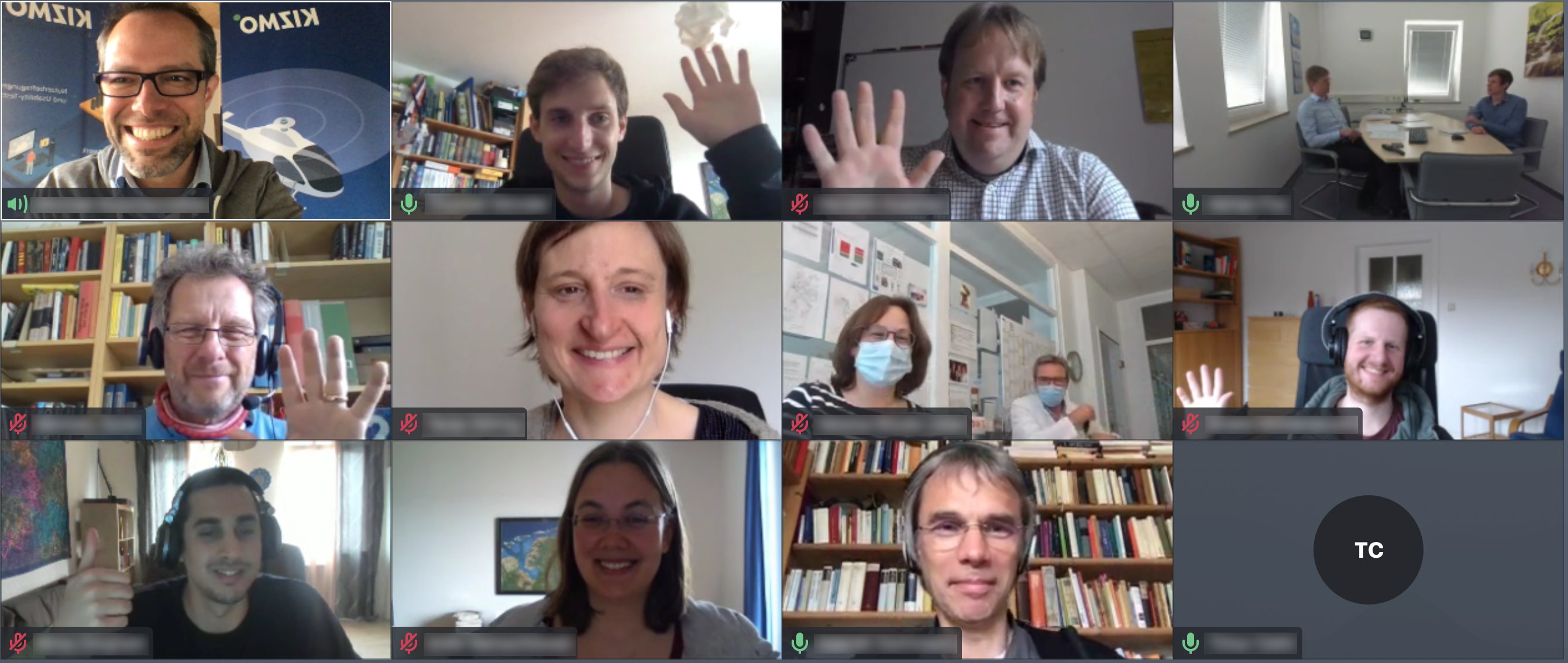A consortium from science and health care industry is developing a lighting system that automatically provides optimal lighting in the operating room. It compensates for shadows cast by the movements of the surgical team and can also be controlled specifically via gestures and speech when surgeons want to illuminate a certain region particularly well.
The new research project “Smart-OT” focuses on increasing the safety in the operating theatre. The primary goal of the participating consortium of science and medical technology companies is to develop an intelligent surgical lighting system that will provide precise illumination without the need for manual interaction. The advantages: Surgeons have their hands free and always have a good view, even when people are moving around. This reduces the workload of the OR staff and at the same time increases patient safety.
The consortium leader is Dr. Mach GmbH & Co. KG, one of the world’s leading manufacturers of medical lighting systems. Also involved are the Pius Hospital Oldenburg – a clinical partner of the University of Oldenburg – as well as the company Qioptiq Photonics and the Clinical Innovation Centre for Medical Technology Oldenburg (KIZMO). In addition, the University of Bremen is represented by the Technology Centre for Computer Science and Information Technology (TZI). The project, which will run until the end of 2021, is funded by the German Federal Ministry of Education and Research (BMBF) with 1.2 million euros.
Important step on the way to everyday life in the operating theatre
Intelligent surgical lighting is made possible by the use of novel lighting and control concepts that are interactively linked and should be transferable to other devices in the operating room. “Smart-OT” is based on the “Intra-operative Information” project, which was carried out by the University of Bremen together with regional hospitals after winning the excellence competition and has demonstrated several possibilities for improvement in the operating theatre. With “Smart-OT” an important step towards practical implementation is now being taken.
The hardware will be developed within the project mainly by the companies Dr. Mach and Qioptiq. The Computer Graphics and Virtual Reality group of the TZI at the University of Bremen (Prof. Gabriel Zachmann) provides the software for autonomous lighting control. One challenge is the optimal arrangement and coordination of a multitude of small light sources, which will be used instead of the large traditional surgery lamps.
The Digital Media Lab working group (Prof. Rainer Malaka) of the TZI supplements the system with the possibility of gesture and speech control. These novel types of interaction will enable surgeons to readjust the lighting with little effort.
The University of Oldenburg with the Pius-Hospital (Prof. Dirk Weyhe) together with the KIZMO ensures the practical suitability of the system – from requirements analysis to usability and evaluation of the demonstrators. In a laborotory especially designed for real-life research questions (“Living Lab”), surgeries can be simulated with the developed technologies and work processes can be tested.

